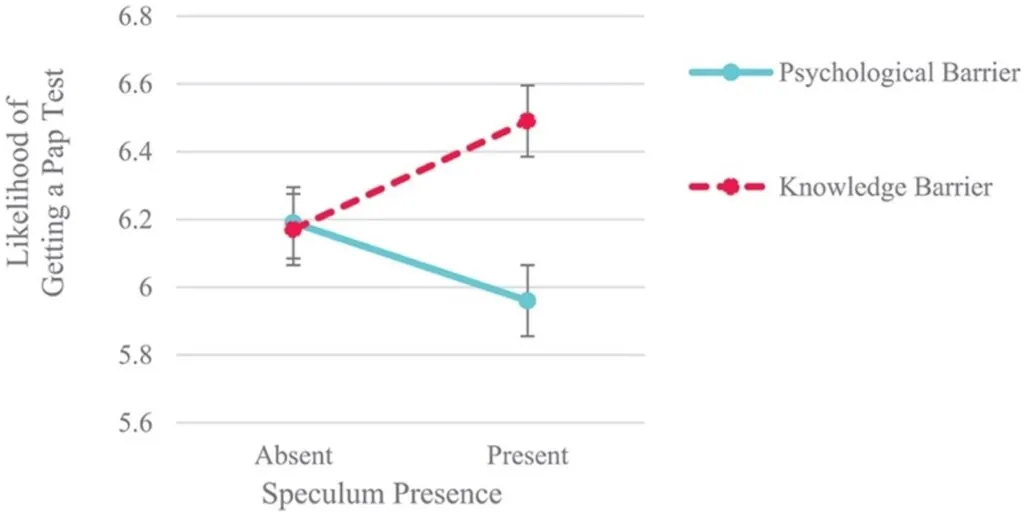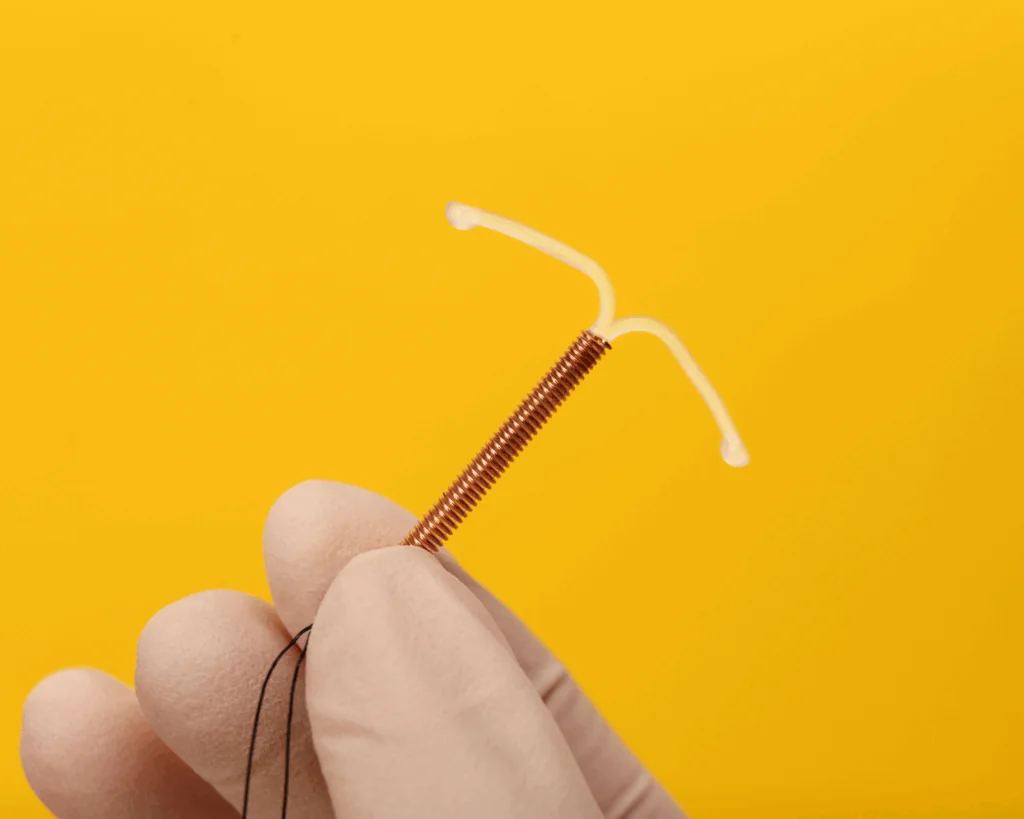When Health Messaging Misses the Mark
Visual demonstrations on social media can help explain medical procedures, but without clear language, they may also heighten anxiety.

Read Time: 4 minutes
Published:
You’ve made the appointment, taken time off work, and now you’re lying on a table with your legs in stirrups, trying to relax as your OB/GYN reaches for a speculum. Made of metal or plastic, the speculum is an instrument that opens the vaginal canal so clinicians can view and swab the cervix during a Pap smear. The speculum causes many women pain and anxiety, which can deter them from getting this vital cancer screening.
A Pap smear can detect cervical cancer in its early stages, when it is most treatable. Since its introduction in the 1940s, routine Pap testing has helped transform cervical cancer from one of the leading causes of cancer death among women into one of the most preventable. The American College of Obstetricians and Gynecologists recommends that everyone with a cervix get a Pap smear every three years from 21-29, and then every five years from 30-65. Yet the number of people who are overdue for Pap smears is growing, especially among young adults.
Increasingly, young people get their health information from videos on TikTok and Instagram. In the realm of reproductive health, some of the most popular influencers are OB/GYNs like Mama Doctor Jones, Dr. Jennifer Lincoln, and The Latina Doc. Each has over 1 million followers on TikTok. These doctors and others like them make educational videos about reproductive health topics, including Pap tests, to educate and reassure patients. But viewer comments show wildly mixed reactions, ranging from “Honestly, this made me way less scared” to “I ain’t doing this. I’m taking my chances.”
In a new study, Ciera Kirkpatrick and colleagues investigated whether showing the speculum in short videos about Pap tests helps or hinders public health messaging. They showed 536 participants, aged 18-28, various short-form videos that the research team created about Pap smears and measured their emotional response, attitude toward the test, and likelihood of getting screened.
With more people turning to social media as a source of health information, creators have a responsibility to use their influence to strengthen trust in preventive care.
The videos differed in two ways: whether they showed the speculum (hands in medical gloves holding it, applying lubricant, and opening and closing it), and whether the content focused on knowledge gaps (what Pap tests are and who needs them) or psychological barriers (fear of pain and discomfort).
Simply showing the speculum didn’t make viewers more willing to get screened. What mattered was the type of information that was paired with the image. As the graph shows, pairing the speculum with knowledge-based messaging, such as facts about Pap tests and their benefits, made people more likely to say they would get screened. In contrast, pairing the same image with psychological messaging meant to reduce fear of pain actually lowered willingness.

These findings have important implications for public health communication. While visual demonstrations can make medical procedures more transparent and accessible, they can also provoke anxiety. Messaging that emphasizes education appears more effective in motivating people to get screened than directly addressing fear.
For patients who are already anxious about getting a Pap smear, the decision may come down to what they have seen about the speculum online. With more people turning to social media as a source of health information, creators have a responsibility to use their influence to strengthen trust in preventive care. While acquainting viewers with the speculum isn’t inherently counterproductive, pairing it with emotionally charged content, as creators sometimes do to increase views and engagement, may backfire. In contrast, clear, factual framing that reduces confusion about Pap testing guidelines can make the difference between a patient avoiding the exam and receiving care that could save their life.



